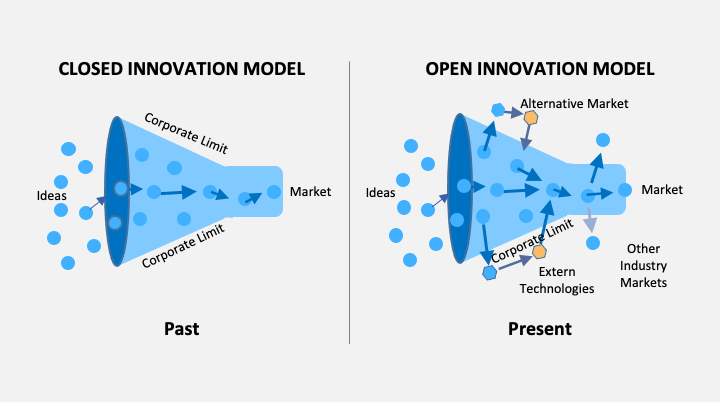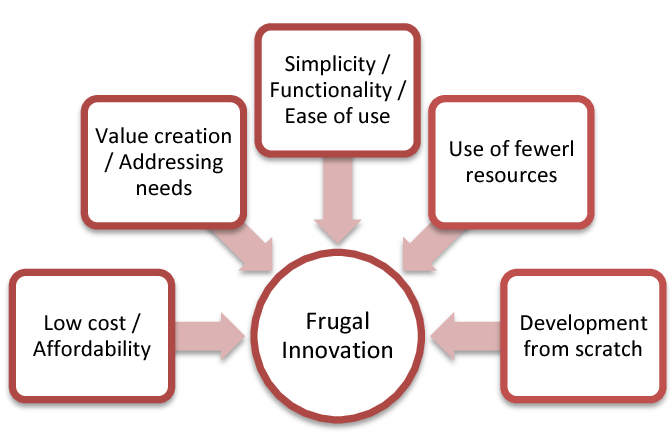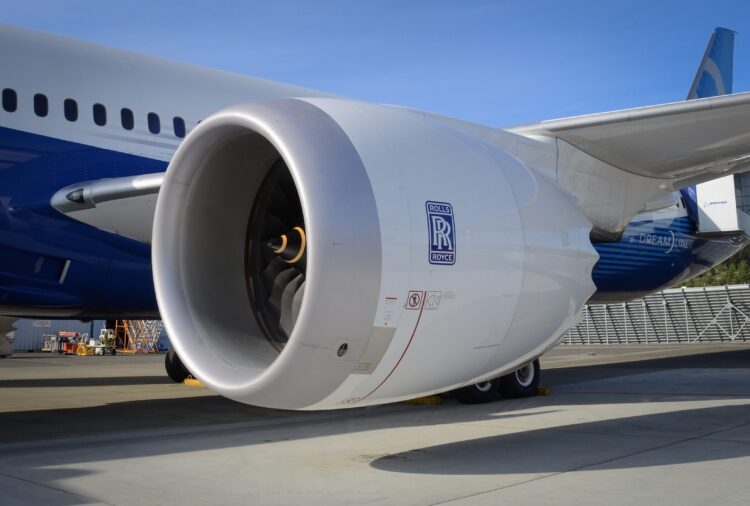Business model is a concept used in explaining various aspects of the business ranging from its value proposition to the innovation process that a particular business entity wants to adapt in its business activity. A a business model comprises two elements. These are a specific business system and a profit model. The aim of framing a business model is to conceptualize a picture on how a business operates in its operating environment. In addition to this, a business model also provides the opportunity of using the available resources best as per the ability of the firm. The aim of the firm is to maximize the utilization of the resources available to them. The two components of the business model are Continue reading
Business Innovation
Importance of Innovation Strategies in Organizations
Innovation is significant in terms of bringing new ideas within the operational procedures that are effective for increasing the company performance and overall company productivity. Companies develop innovation strategy in order to implement appropriate innovation tactics, which prevents the company from facing any financial or situational crisis. Appropriate innovation are also beneficial for mapping the unique value proposition of the company for the target customer market. It is important to conduct appropriate innovation planning, in order to organize the innovation initiatives in the organization, in order to create a positive impact on the organization. According to the experts, the impact of the innovation depends on the strategic choices made by the organization. One of the most common method bringing innovation Continue reading
Concept of National Innovation Systems
There is no widely agreed definition of national innovation systems. National innovation systems are built on the assumption that understanding the interconnectedness of the actors engaged in innovation is crucial to enhancing technical performance. Innovation and technological advancement are the outcomes of a multifaceted network of connections between actors who produce, transmit, and consume various types of knowledge. The manners in which these actors interrelate with one another as components of a social system of knowledge consumption and generation, and also the technology they employ, have a significant influence on a country’s creative performance. The most prevalent actors are public research institutions, universities, and commercial enterprises, as well as the individuals who work for them. Equipment acquisitions, cross-patenting, personnel exchanges, Continue reading
Effects of Leadership and Organizational Climate on Innovation
Now more than ever, companies are putting more attention to innovation that make their products and services more competitive, thereby enable them to survive and flourish in the changeable and challenging global environment. Innovation is seen as the first attempt to carry out a new creative idea, and translate it into practice. However, it isn’t easy; it’s a difficult and complex task. There are two primary factors influencing the success of innovation: technical resources (people, equipment, knowledge, money, etc.) and the abilities in the organisation to manage these resources to encourage innovations. However, the latter is the precondition which can place high premiums on innovation. Organisation is a kind of breeding ground for generating creative idea and capturing new opportunities. Continue reading
The Emergence of Frugal Innovation
The old innovation paradigm was called closed innovation which was based on the strict control of successful innovation. Under this view, organizations generate their own ideas, develop them, finance them and support them on their own. In short, companies maintain complete control of all aspects of the innovation process and inventions are kept highly secretive. Traditionally many organizations followed this model and it worked well for most of the twentieth century. However, over the years a number of factors have led to the erosion of the closed innovation approach. First, due to an increase in the mobility and availability of highly educated people, large amounts of knowledge leave the research laboratories of many companies. Second, the availability of venture capital Continue reading
Case Study of Rolls Royce: Innovating for the Future
Rolls Royce is a market leader in propulsion and distributed energy systems for both the defense and civil aerospace markets. Their commercial markets cover nuclear, gas turbine, and diesel technologies to power everything from small planes and trains to entire cities. The aerospace applications for innovation are where Rolls Royce has made significant investments and reaped interesting rewards. On the defense side of their business, they have over 16,000 engines in service. In the civil aerospace side of their business, they provide engines to airlines, private business and engines for helicopters. Major Changes in Industry The nature of the aerospace industry has relatively high barriers to entry as the cost for entry is high and requires specific skills and expertise. Continue reading





